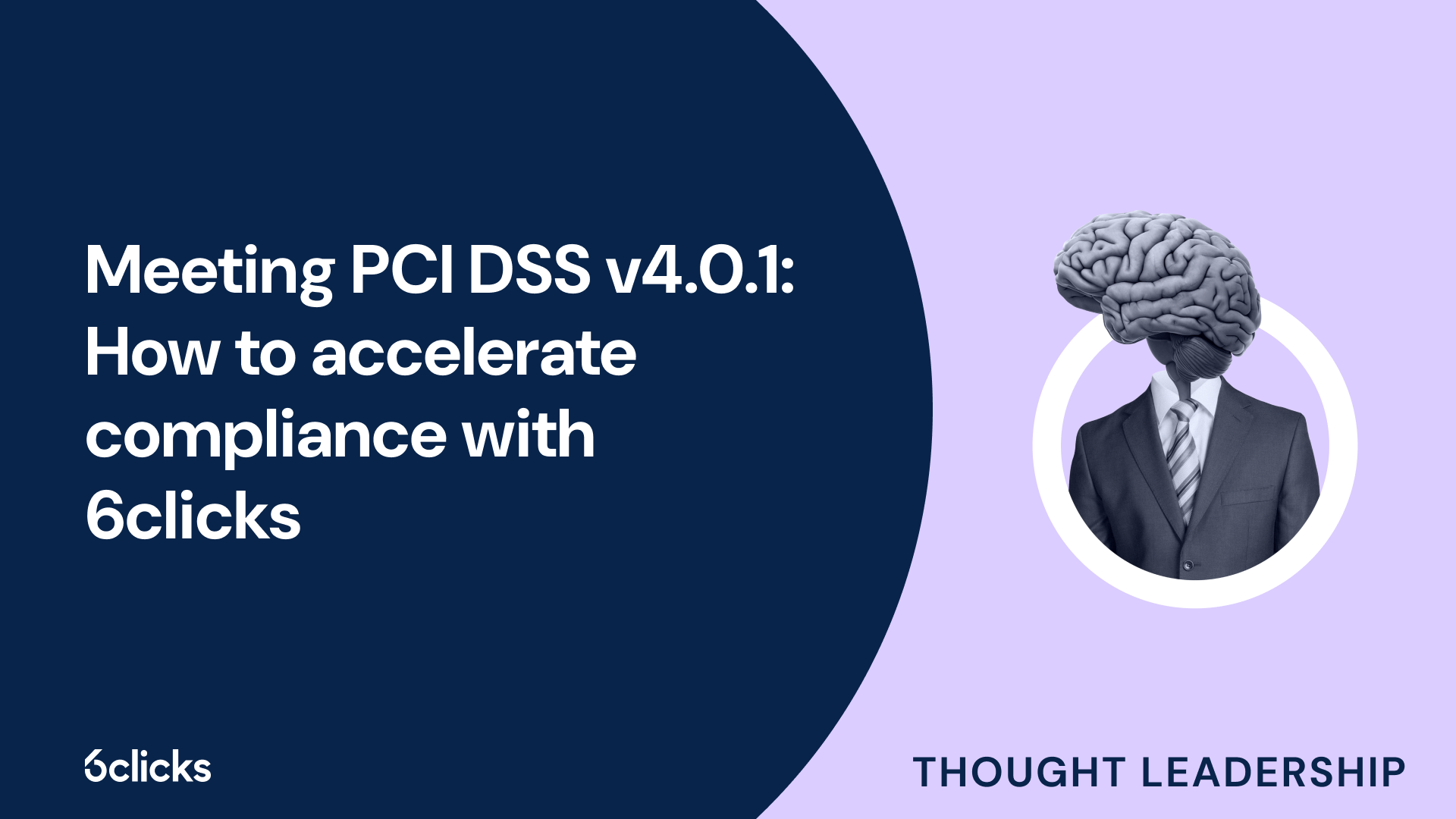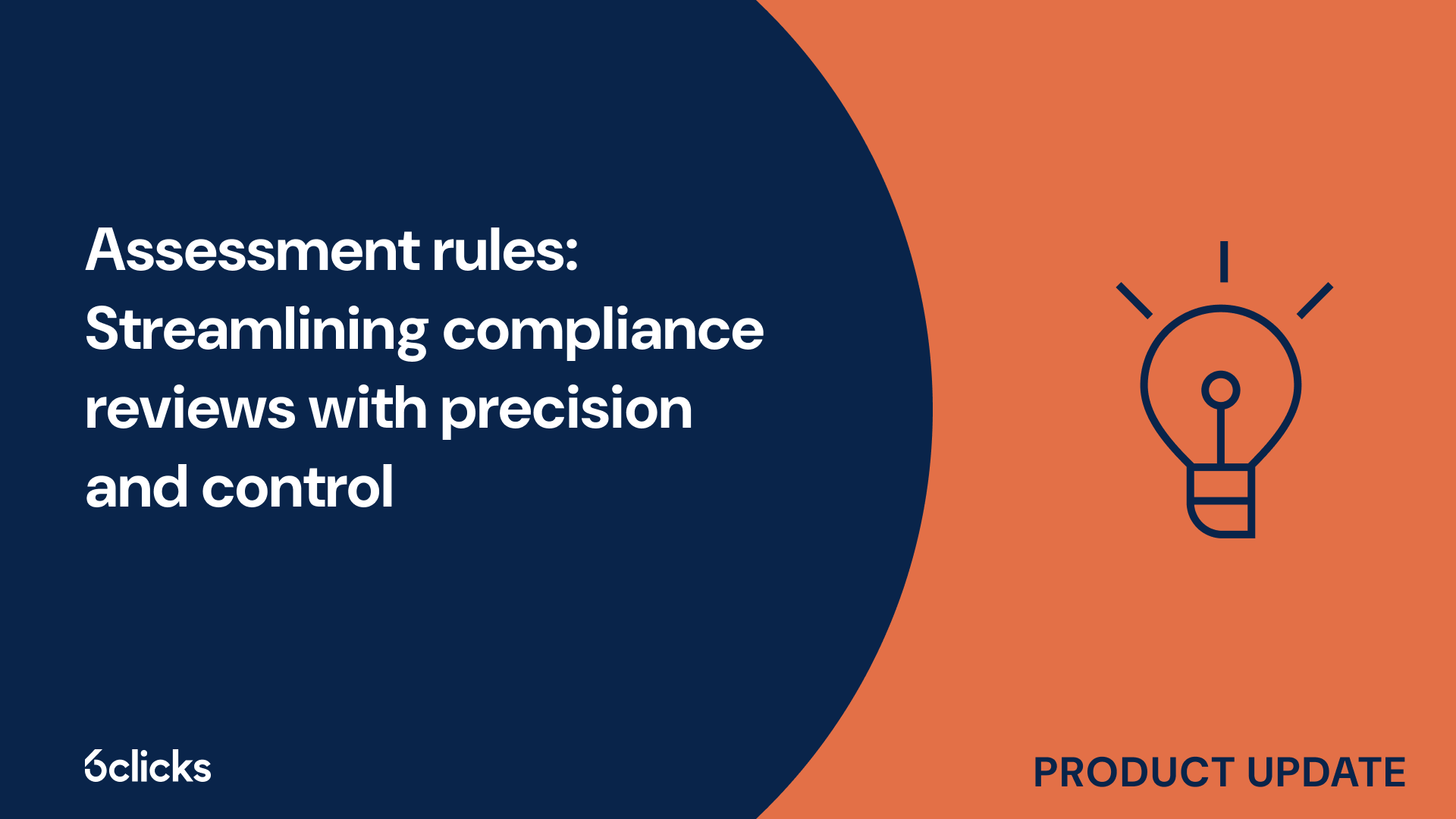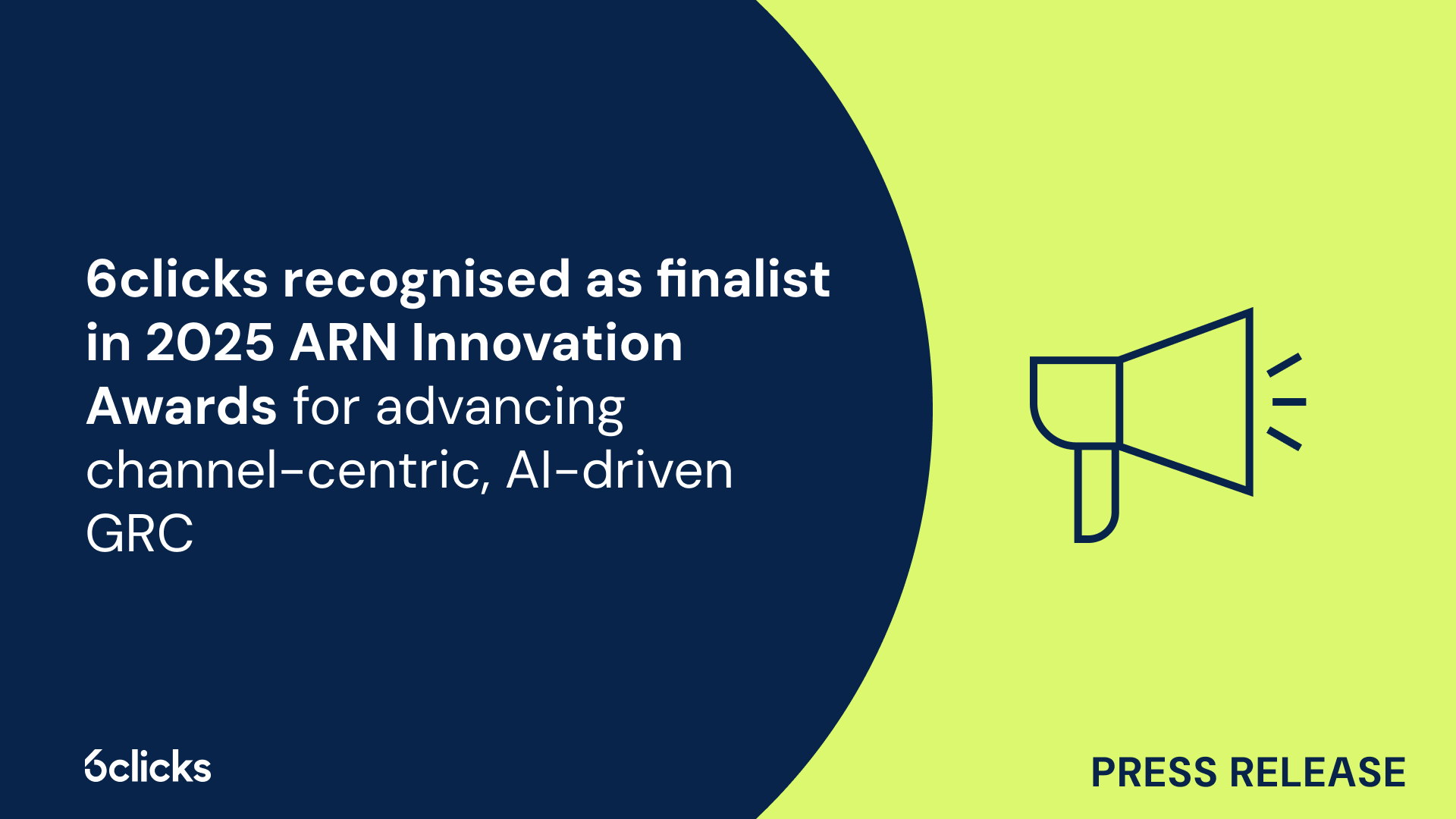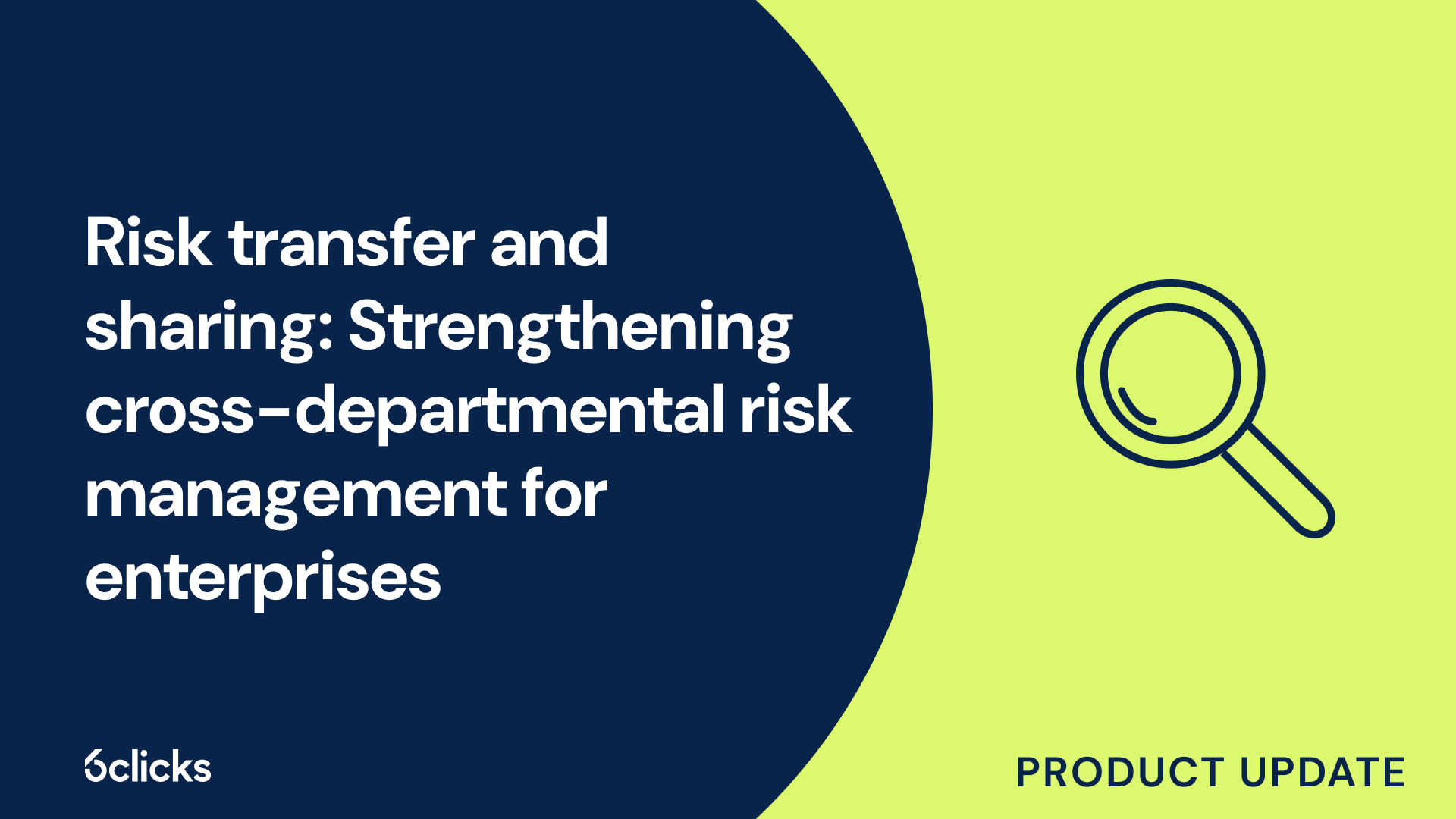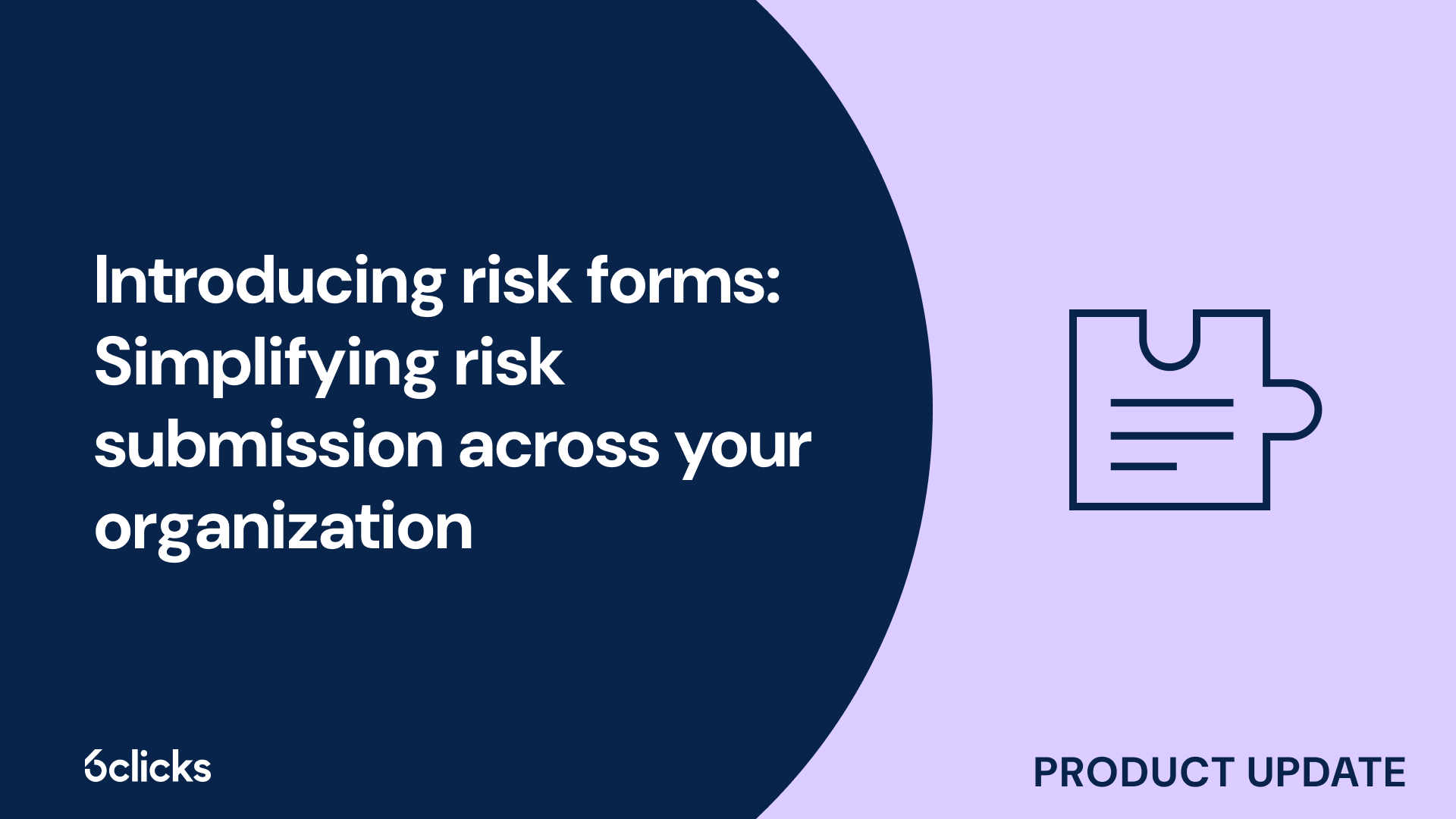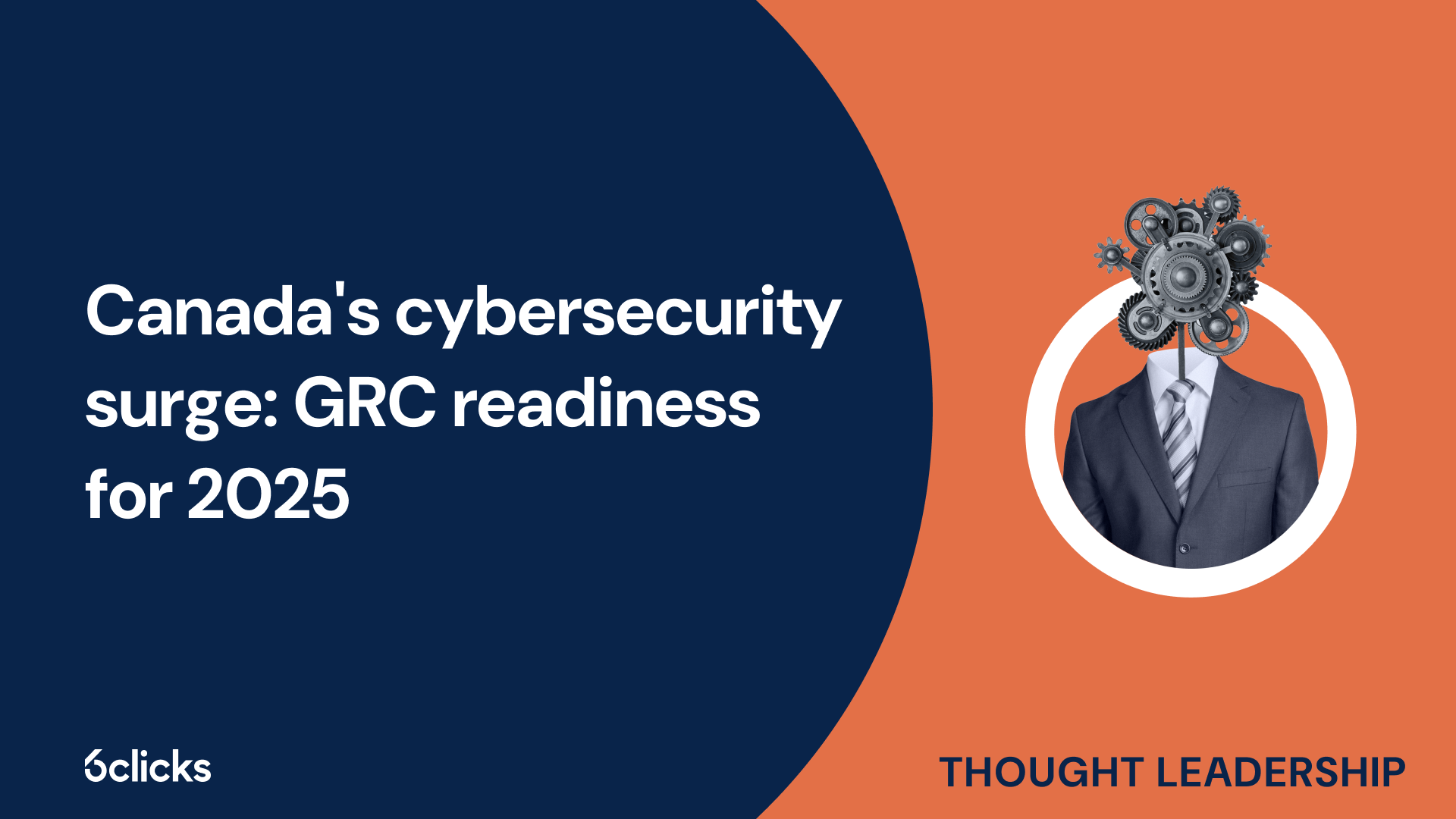The GRC buyer’s guide for 2025: Building resilience with AI-powered, federated solutions
Discover the ultimate GRC buyer's guide for 2025! Uncover how AI-powered, federated solutions transform compliance and security management for industries like government, aerospace, banking, and more. Learn about centralized control, continuous compliance, and advanced cyber GRC capabilities. Download now!
-1.png?width=200&height=249&name=Group%20193%20(1)-1.png)
The GRC buyer’s guide for 2025: Building resilience with AI-powered, federated solutions
What are the 4 categories of cyber threats?
Cyber threats continue to evolve, targeting individuals, businesses, and governments worldwide. Understanding the different categories of cyber threats is crucial for organizations to develop strong cybersecurity strategies. Cyber threats are generally classified into four main categories: malware, social engineering, advanced persistent threats (APTs), and denial-of-service (DoS) attacks. Each of these categories presents unique risks and requires specific defensive measures.
1. Malware
- Viruses: These attach themselves to files and spread when the infected file is opened.
- Worms: Unlike viruses, worms can spread without human interaction.
- Trojans: These disguise themselves as legitimate software to trick users into installing them.
- Ransomware: This type encrypts a victim’s files and demands payment for decryption.
- Spyware: It secretly collects user information, such as passwords and credit card details.
- Adware: While not always harmful, adware can compromise privacy by tracking browsing habits.
2. Social engineering
- Phishing: Fraudulent emails or messages that appear legitimate, encouraging users to click on malicious links or share credentials.
- Spear phishing: A targeted form of phishing that focuses on specific individuals or organizations.
- Pretexting: Attackers create a fabricated scenario to extract sensitive information.
- Baiting: Hackers leave infected devices, such as USB drives, hoping that victims will use them.
- Quid pro quo: A scam where attackers promise something in return for confidential information.
3. Advanced persistent threats (APTs)
- Reconnaissance: Attackers gather information about the target.
- Initial infiltration: They exploit vulnerabilities to gain access.
- Lateral movement: Hackers navigate through the network to escalate privileges.
- Data exfiltration: Sensitive data is stolen and transferred to an external location.
- Persistence: Attackers maintain access for extended periods without detection.
To prevent APTs, organizations should deploy advanced threat detection tools, restrict privileged access, and conduct frequent security audits.
4. Denial-of-service (DoS) attacks
- Volume-based attacks: These involve overwhelming the target with massive amounts of traffic.
- Protocol attacks: Attackers exploit vulnerabilities in network protocols.
- Application-layer attacks: These target specific applications to exhaust server resources.
DDoS attacks are more sophisticated, involving multiple systems to amplify the attack. Cybercriminals often use botnets—networks of compromised devices—to execute large-scale DDoS attacks.
Organizations can prevent DoS attacks by using traffic filtering, deploying content delivery networks (CDNs), and monitoring network traffic for unusual activity.
Summary
- Risk management: Identify, evaluate, mitigate, and report on the status of risks
- Security compliance: Seamlessly align with cybersecurity frameworks like NIST CSF
- Control management: Implement and monitor the effectiveness of security controls






.png?width=302&height=170&name=eBook%20Title%20-%20Cyber%20Incident%20Response%20(1).png)
